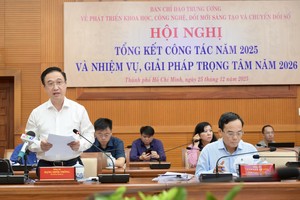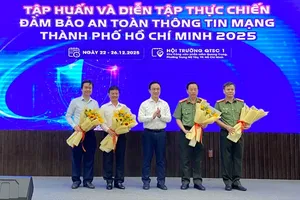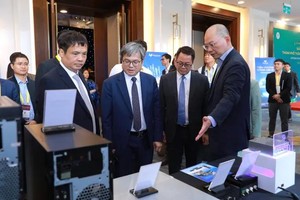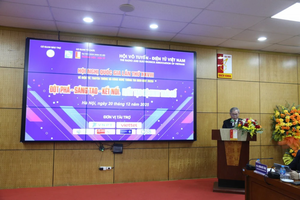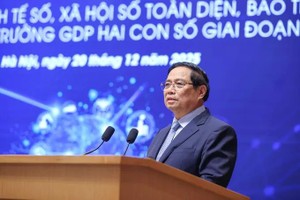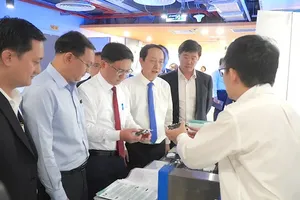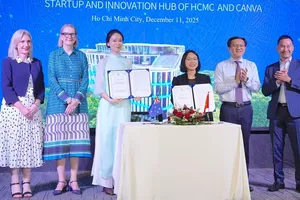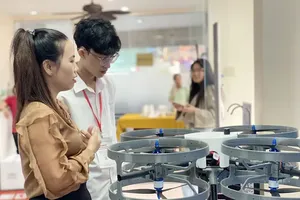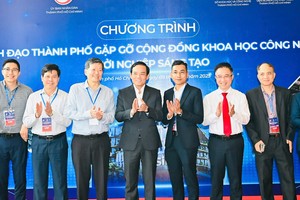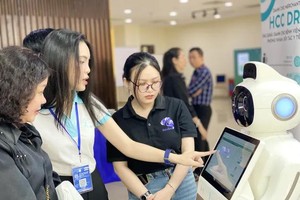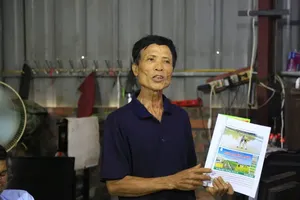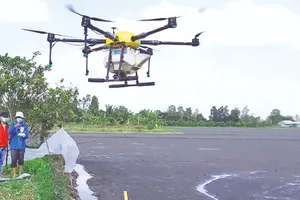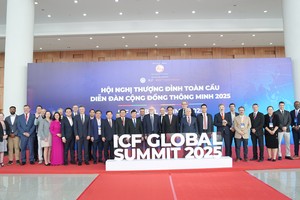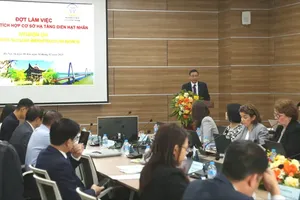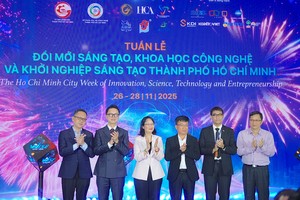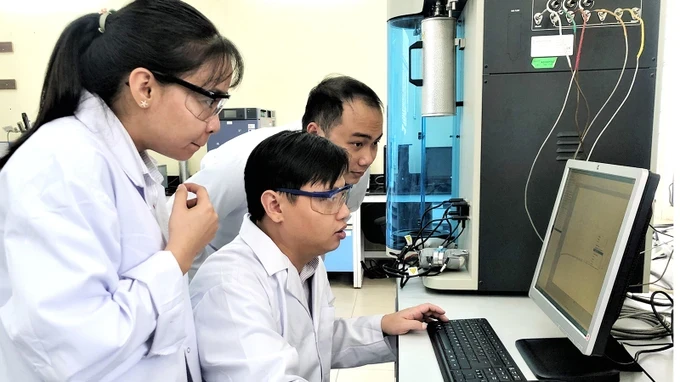
The conference’s central objective was to thoroughly assimilate and comprehensively implement Resolution No. 57-NQ/TW by the Politburo.
This initiative is not unprecedented as Vietnam has previously articulated a policy on science-technology (S&T) development. In 2012, the 11th Central Executive Committee of the Party promulgated Resolution No.20-NQ/TW, focusing on leveraging S&T to underpin industrialisation and modernisation within a socialist-oriented market economy integrated into the global landscape.
After more than a decade of implementation, positive developments such as the increasingly pivotal role of S&T in socio-economic progress, advancements in natural and technical sciences, the emergence of novel interdisciplinary fields, and enhanced national S&T capacity have been acknowledged.
However, it is evident that the execution of Resolution 20 has been hampered by persistent limitations and weaknesses, some proving stubbornly resistant to remediation, thus failing to fully satisfy the demands of national industrialisation and modernisation.
The newly issued Resolution 57 seeks to dismantle the bottlenecks that have constrained the efficacy of its predecessor with highly specific objectives. In the context of Industry 4.0 and the accelerating national digital transformation agenda, Resolution 57, for the first time, positions S&T, alongside innovation and digital transformation, as a “paramount breakthrough priority,” articulating ambitious targets and deploying decisive strategies.
For instance, by 2030, Vietnam aspires to rank among the top three nations in Southeast Asia and the top 50 globally in terms of digital competitiveness and the e-Government Development Index. This is an exceptionally ambitious target, demanding substantial and concerted national effort.
Resolution 57 unequivocally demonstrates the Party and State’s unwavering commitment to prioritizing S&T development and innovation, translating this commitment into concrete resource allocation. This entails a commitment to augmenting investment in S&T, innovation, and digital transformation.
Specifically, by 2030, expenditure on research and development (R&D) is projected to reach 2 percent of the national GDP, with over 60 percent of this funding originating from the private sector. Furthermore, a minimum of 3 percent of total annual state budget expenditure will be allocated to fostering national S&T, innovation, and digital transformation, with progressive increases in line with evolving developmental needs.
Historically underfunded at below 1 percent of state expenditure, S&T is set for a major boost. Resolution 57 mandates increased investment, requiring budgetary adjustments by the Ministry of Finance. Crucially, it prioritizes R&D funding through dedicated S&T development funds, a concept previously neglected despite its introduction in Resolution 20. This new resolution promises concrete action and a genuine shift in S&T investment.
Moreover, Resolution 57 highlights the Party’s determination in leading and directing focused S&T development. The General Secretary has personally reiterated long-discussed but insufficiently implemented priorities. These include
- embracing calculated risk in S&T research and application,
- establishing dedicated financial mechanisms for funding research and deployment projects,
- creating positions such as chief engineers,
- implementing policies to attract and retain leading domestic and international scientists,
- facilitating technology acquisition from abroad,
- pursuing high-impact, high-value projects in areas such as microelectronics, semiconductors, nuclear energy, and high-speed rail.
Crucially, the implementation framework outlined in Resolution 57 is demonstrably more pragmatic than that of Resolution 20. A key innovation is the establishment of a Central Steering Committee for S&T development and innovation, chaired by General Secretary To Lam. This committee will be supported by an advisory council comprising eminent and highly respected scientists.
Resolution 57 further mandates that the entire political system internalize the principles of innovation and focus on dismantling impediments to S&T progress. It empowers scientists with unprecedented autonomy, granting them ownership of research outcomes and the authority to determine valuations during technology transfer.
Ultimately, Vietnam aims to develop an S&T and innovation ecosystem that not only addresses domestic needs but also evolves into a vibrant international hub, attracting global talent and investment.
The scientific community has broadly welcomed Resolution 57, expressing confidence that its implementation will tangibly enhance Vietnam’s S&T capacity and contribute significantly to the nation’s ongoing transformation, particularly in this era of dynamic advancement.
